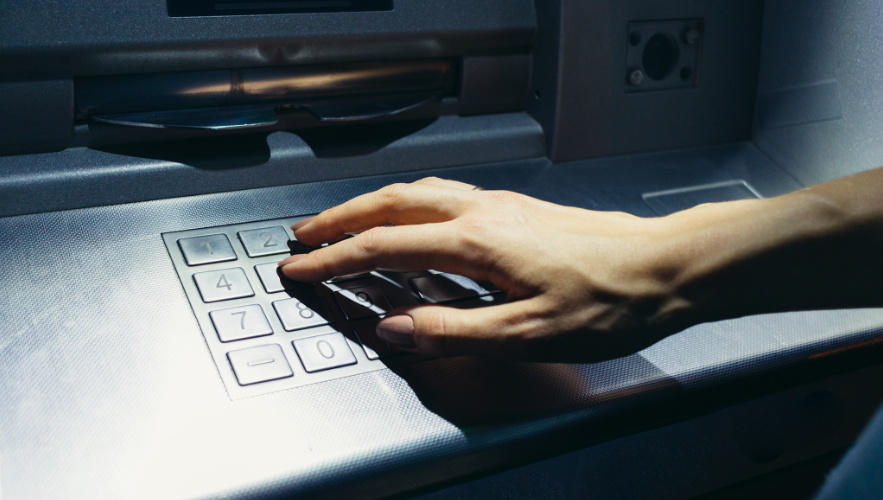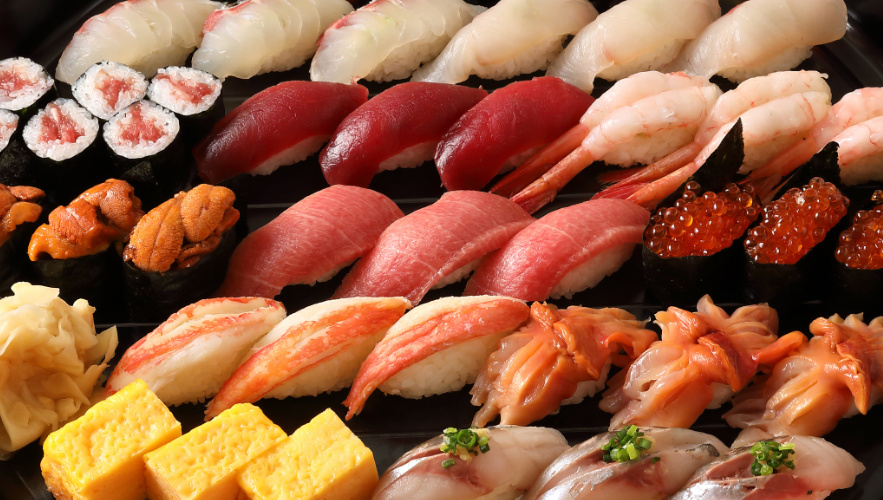Dreaming of experiencing Japan’s magical winter scenery, powdery snow, and relaxing hot springs? Whether you’re a skier or simply love the idea of a snow-covered village, traveling from the United States to see snow in Japan is easier than you might think.
The article will show you exactly how to see snow in Japan from the U.S. —including the best time to visit, where to go, and how to plan your trip for the ultimate winter adventure.
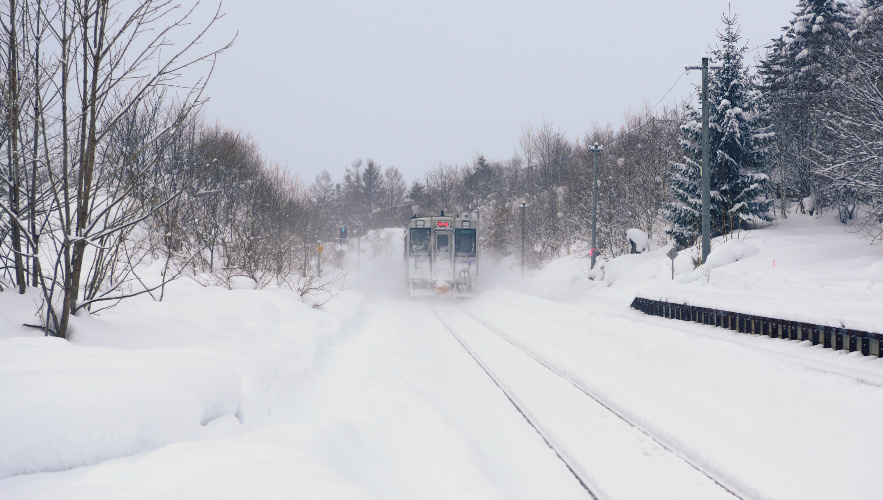
Why Japan Is One of the Best Places to See Snow
Japan is famous for its incredibly light and powdery snow, world-class ski resorts, and picture-perfect winter scenery. Unlike many destinations, Japan combines deep snowfalls with a rich culture, cozy hot springs (onsen), and superb travel infrastructure.
Here’s why snow in Japan feels so special:
- Reliable snowfall: Northern Japan and mountain regions receive some of the heaviest snow in the world.
- Powder snow quality: The dry, fluffy “Japow” is ideal for skiing and snowboarding.
- Scenic villages: Places like Shirakawa-go and Ginzan Onsen look like fairy-tale worlds in winter.
- Hot springs: There’s nothing like soaking in an outdoor onsen while snow falls around you.
- Ease of travel: Japan’s trains and domestic flights make it simple to move between snowy regions.
Best Time to See Snow in Japan
If you’re wondering when is the best time to see snow in Japan, the short answer is December through March, with January and February being peak season.
- November to early December: First snow starts in northern Hokkaido and the mountains.
- Mid-December to February: Reliable snow across Japan’s northern and alpine regions.
- March: Still plenty of snow, but slightly warmer and less crowded.
- April: Late-season skiing possible in higher elevations.
For travelers coming from the U.S., January and February are the best months to plan your Japan winter vacation for guaranteed snow and festivals like the Sapporo Snow Festival.
Where to See Snow in Japan
When deciding where to see snow in Japan, focus on three main regions known for their winter landscapes and ski resorts.
1. Hokkaido
Japan’s northernmost island, Hokkaido, is a snow paradise. Towns like Niseko, Furano, and Rusutsu are world-famous for consistent, high-quality powder snow.
Best for: skiing, snowboarding, snow festivals, and scenic onsen.
How to get there: fly from Tokyo or Osaka to New Chitose Airport (Sapporo).
Highlights: Sapporo Snow Festival, Niseko ski resort, Otaru Canal, Lake Shikotsu Ice Festival.
2. Tohoku Region
Located northeast of Tokyo, Tohoku is less touristy but increadibly beautiful in winter. Expect deep snow, snow monsters (Juhyo), and transquil hot spring towns.
Best for: snow festivals, onsen stays, and authentic Japanese winter scenery.
Highlights: Zao Onsen (famous for “snow monsters”), Ginzan Onsen, Aomori’s snow country, and winter trains through snowy forests.
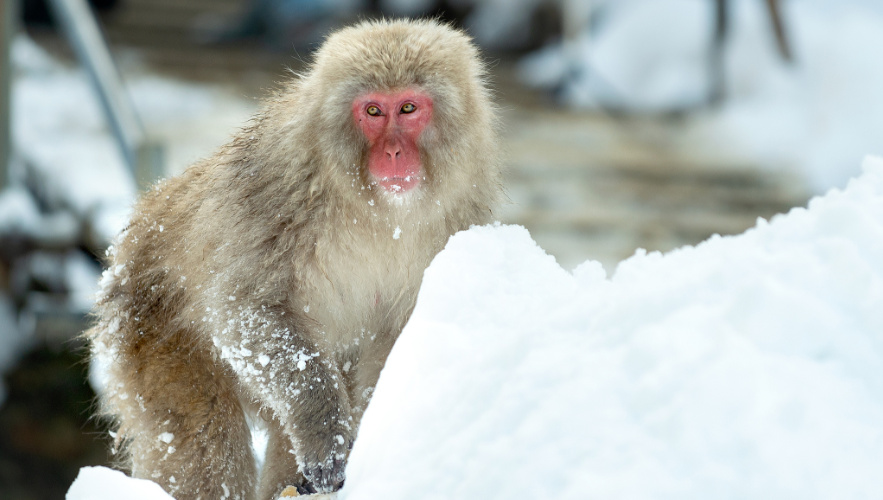
3. Japanese Alps (Nagano & Niigata)
For those short on time, the Japanese Alps region offers easy access from Tokyo. Towns like Hakuba, Nozawa Onsen, and Yuzawa provide great skiing and beautiful snow views.
Best for: day trips from Tokyo, ski resorts, traditional ryokan stays.
Highlights: Hakuba Valley, Snow Monkey Park, and the illuminated village of Shirakawa-go.
How to Travel from the United States to See Snow in Japan
Planning your winter trip from the U.S. to Japan doesn’t have to be complicated. Follow these steps for a smooth journey:
Step 1: Book Flights Early
Direct flights from major U.S. cities (Los Angeles, San Francisco, Seattle, New York) to Tokyo (Narita or Haneda) are frequent. From there, you can fly or take a bullet train to your snow destination.
Step 2: Plan Internal Transportation
Japan’s transport system is famously efficient.
- To Hokkaido: domestic flight from Tokyo to Sapporo.
- To Tohoku or the Alps: Shinkansen (bullet train) rides from Tokyo take 1.5-3 hours.
- Consider a Japan Rail Pass if you’ll travel across multiple regions.
Step 3: Choose the Right Accommodation
Ski resorts: Offer slopeside hotels, equipment rentals, and English-friendly services.
Ryokan (traditional inns): Provide a full cultural experience with onsen and local cuisine.
City base: Stay in Tokyo or Sapporo and take snow day trips to nearby regions.
Step 4: Pack for Winter Conditions
Japanese winters can be cold, with temperatures below freezing in snow regions. Pack:
Waterproof jacket, snow boots, and thermal layers.
Gloves, scarf, hat, and hand warmers.
If skiing, consider renting gear in Japan instead of bringing it from the U.S.
Step 5: Budget and Currency
Winter is peak season, so prices for flights and accommodation rise.
- Airfare: USD 700-1200 (round trip).
- Mid-range hotels: USD 100-200 / night.
- Lift passes: USD 50-70 / day.
- Onsen stays: USD 150-300 / night including meals.
Japan is still partly cash-based, so bring yen for small shops and local restaurants.
Must-Try Winter Activities in Japan
Even if you’re not skiing, there are plenty of unforgettable snow experiences:
- Soak in an onsen while snow falls around you.
- Attend the Sapporo Snow Festival in February.
- Visit Jigokudani Snow Monkey Park in Nagano.
- Explore Shirakawa-go, Japan’s UNESCO-listed snow village.
- Ride the snow trains through the countryside of Tohoku.
- Enjoy winter cuisine: hot pot (nabe), ramen, oden, and local sake.
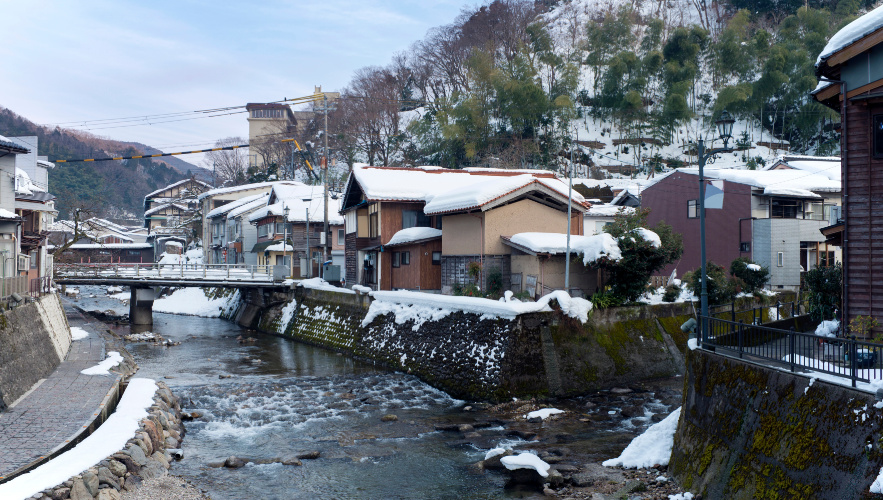
Useful Tips for Winter Travel in Japan
- Visa: U.S. citizens can visit Japan visa-free for up to 90 days.
- Weather updates: Check snow forecasts before heading to mountain areas.
- Insurance: Winter travel insurance is highly recommended.
- Wi-Fi or SIM card: Get a portable Wi-Fi or local SIM for maps and transport updates.
- Language: Basic English works in major resorts, but having a translation app helps.
- Etiquette: When using onsen, wash before entering and don’t wear swimsuits.
- Safety: Walk carefully on icy paths; wear boots with traction.
If you’re wondering how to see snow in Japan from the United States, the answer lies in choosing the right season and destination.
Visit between December and February, explore Hokkaido, Tohoku, or the Japanese Alps, and immerse yourself in Japan’s serene winter charm.
Whether you’re carving through powder snow in Niseko, relaxing in a hot spring surrounded by snow, or photographing a glowing winter village, Japan in winter promises an unforgettable experience.
Plan early, pack warmly, and let the magic of Japanese snow turn your winter vacation into a once-in-a-lifetime memory.



